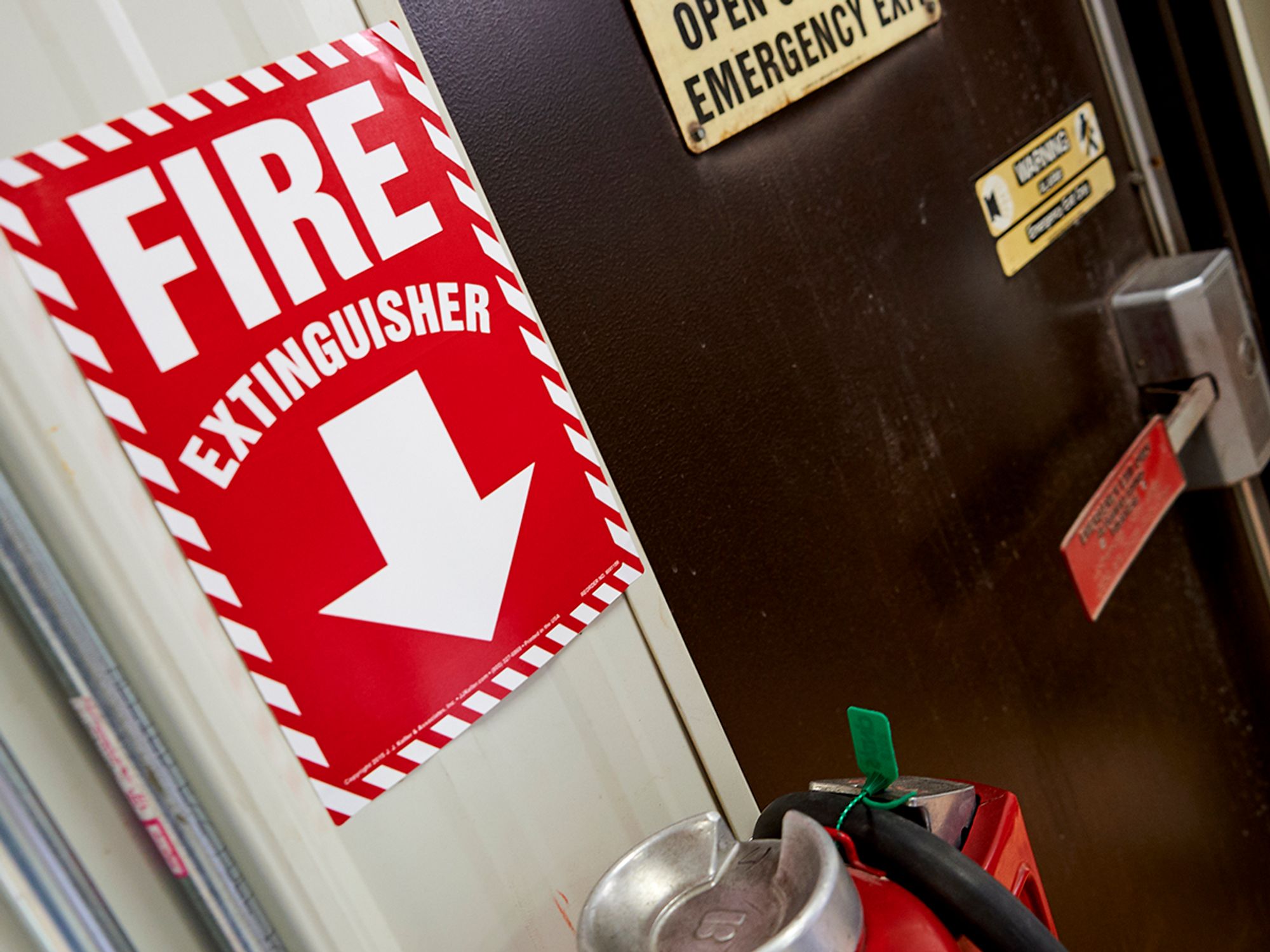Fire prevention plans

Several OSHA standards require an Fire Prevent Plan (FPP) for employers. These standards include:
- 1910.157(a)-(b) — Portable fire extinguishers
- 1910.1047(h) — Ethylene Oxide (EtO) (for each workplace where there is the possibility of emergency)
- 1910.1050(d) — Methylenedianiline (MDA) (for each workplace where there is the possibility of emergency)
- 1910.1051(j) — 1,3-Butadiene (for each workplace where there is the possibility of emergency)
Aside from any specific requirement, most employers find it a good practice to implement an FPP.
When an FPP is implemented, OSHA requires under 1910.39, that certain elements be in place. The purpose of the fire prevention plan is to prevent a fire from occurring in a workplace. It describes the fuel sources (hazardous or other materials) on site that could initiate or contribute both to the spread of a fire, as well as the building systems, such as fixed fire extinguishing systems and alarm systems, in place to control the ignition or spread of a fire.
The fire prevention plan must include, but is not limited to:
- A list of all major fire hazards, proper handling and storage procedures for hazardous materials, potential ignition sources and their control, and the type of fire protection equipment necessary to control each major hazard;
- Procedures to control accumulations of flammable and combustible waste materials;
- Procedures for regular maintenance of safeguards installed on heat-producing equipment to prevent the accidental ignition of combustible materials;
- The name or job title of employees responsible for maintaining equipment to prevent or control sources of ignition or fires; and
- The name or job title of employees responsible for the control of fuel source hazards.
Additionally the fire prevention plan may include:
- Emergency escape procedures and route assignments, such as floor plans, workplace maps, and safe or refuge areas;
- An evacuation policy and procedure, including assembly locations and head count procedures to account for all employees after an evacuation;
- Names, titles, departments, and telephone numbers of individuals both within and outside your company to contact for additional information or explanation of duties and responsibilities under the emergency plan.
